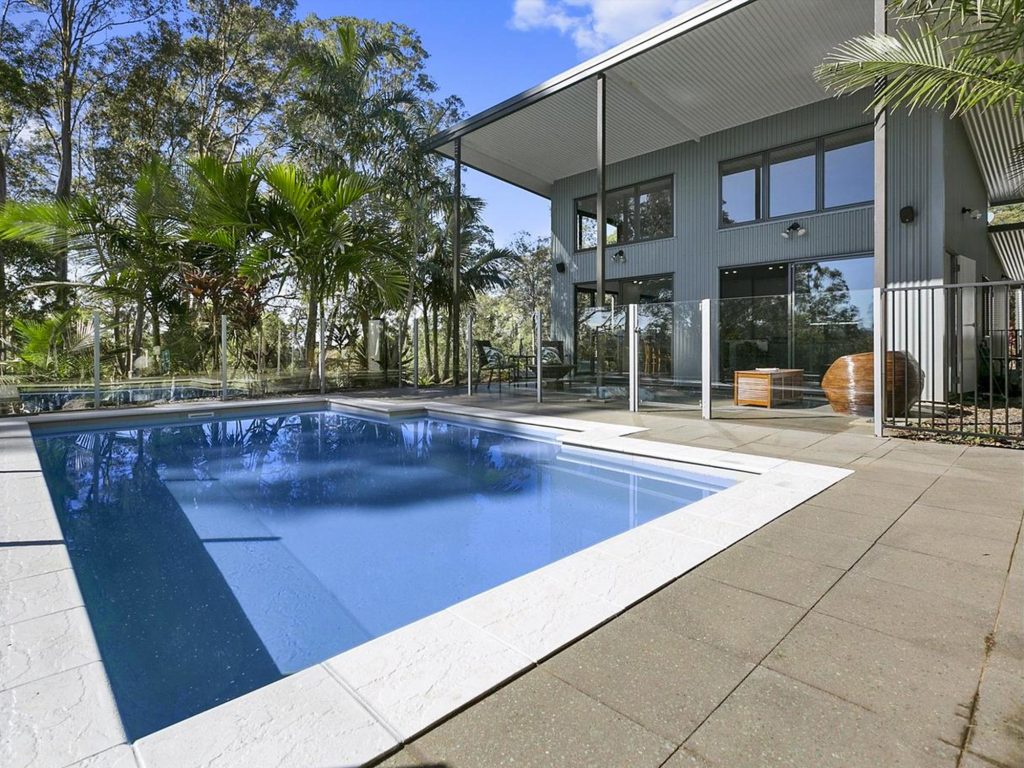The hidden costs of buying a home in 2020
Buying a house isn’t just about paying what’s on the property’s price tag. There are some extra costs all buyers should be aware of.
So how much are these hidden costs exactly?
Perhaps unsurprisingly, it depends on the value of your property and where it’s located.
For example, if you want to buy a home in Queensland that’s valued at $500,000, you can reasonably expect to pay the following:
· Property value: $500,000
· Conveyancing and legal fees: $1800
· Stamp duty: $0 for first-home buyers, $8750 for others
· Building and pest inspection (combined): $600
· Mortgage registration fee: $187
· Transfer fee ($35 for every $10,000 over $180,000): $1120
· Loan application fee: $500 – $600
· Mortgage insurance: $8000
· Council and utility rates: roughly $500 (per quarter)
· Total costs = $512,707 – $521,557

Buying a house costs more than you’d think. Picture: realestate.com.au/buy
1. Conveyancing & legal fees
Conveyancing and legal fees are the costs associated with engaging with a conveyancer or solicitor when buying a home.
Estimated costs: Around $1800
While it is possible to complete the legal aspects of buying a property yourself, it’s generally recommended that you engage a conveyancer or solicitor to prepare the documents for you and provide advice.
Buyer’s agent Amanda Bidder-Segers says the estimated costs of legal fees is around $1800, but can be significantly more, if the ownership structure is complex.
2. Stamp duty
Stamp duty is the tax you pay on certain transactions and documents, in this case it refers to the tax you will have to pay when you purchase a property.
Stamp duty can cost tens of thousands of dollars. The exact amount depends on the value of the property and the state in which you buy it.
The more expensive the home, the more you’ll pay. For example, a $1 million purchase can attract stamp duty as high as $55,000.
Fortunately, most states offer stamp duty exemptions and concessions to first-home buyers.
On a $500,000 house, first home buyers won’t pay any stamp duty in Victoria, New South Wales, Northern Territory or Queensland.
Meanwhile, buyers who have previously purchased a home can expect to pay between $8750 (Queensland) and $23,929 (Northern Territory) on a house valued at that price.
3. Pest & building inspections
Pest and building inspection fees are payable when you engage with professionals to have them inspect the house to check for any problems.
Estimated costs: Around $600
Having the property checked for pest and other damage can be one of the hidden costs of buying a house. These checks are particularly important for older homes.
According to Bidder-Segers, while buyers often baulk at the extra costs, it’s money well spent.
“For building and pest inspections, around $600 will cover most inspectors,” she says.
“We’re seeing a lot more people not doing those inspections, because they don’t want to spend more money. Realistically, the pest inspection is the most important thing.”

Have the home checked for pest and other damage to avoid costly issues further down the track. Picture: Getty
4. Mortgage registration & transfer fees
Mortgage registration and transfers fees are the costs associated with formally registering a mortgage and transferring the property ownership upon buying a home.
Estimated costs: $187 in Queensland
You’ll need to pay for the privilege of formally registering your mortgage. And, as the new owner, the cost of transferring the property into your ownership will fall to you, too.
Mortgage registration fees vary from state to state, from $116.80 in Victoria to $187 in Queensland.
Transfer fees, on the other hand, are generally more expensive, ranging from a flat fee of $141.60 in New South Wales, to thousands of dollars in South Australia, Victoria and Queensland.
5. Loan application or establishment fee
Loan application or establishments fees are the application costs associated with setting up loan.
Estimated costs: At least $500-600
When you take out a home loan, you don’t simply pay back what you borrow – you also have to pay to set up the loan in the first place.
The application fees are generally around $500-600, though they can be more than $1000, depending on the loan and lender.
It’s worth noting, however, that some lenders will waive this fee under certain circumstances, so it’s worth asking.
6. Mortgage insurance
Mortgage insurance is a mandatory cash deposit that is required to enter a home loan and secure a property.
Without a deposit of 20% or more, most lenders will require you to pay lenders mortgage insurance.
This fee is calculated on a sliding scale: the smaller your deposit, the more insurance you’ll pay. On a $500,000 home with a 10% deposit ($50,000), you’ll be asked to pay insurance of around $8000.
The insurance amount may seem like a lot, but it allows buyers to purchase a home with as little as 5% of the purchase price as a deposit, helping them to get a foot on the property ladder sooner rather than later.
7. Council and utility rates
Council and utility rates are the fees you’ll need to pay the vendor for council or water rates after purchasing the property.
The vendor will have paid any rates owing to the council – generally until the end of the quarter – and they’ll simply add your portion of that amount to the purchase price.

